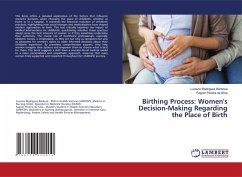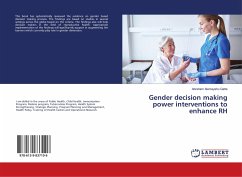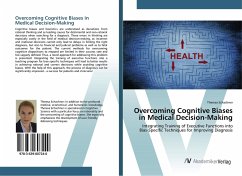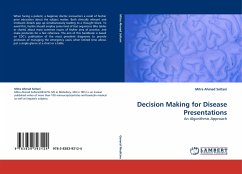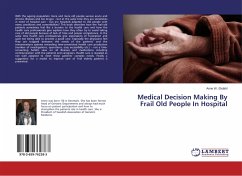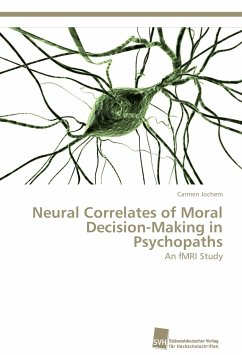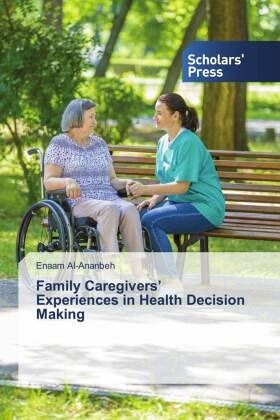
Family Caregivers' Experiences in Health Decision Making
Versandkostenfrei!
Versandfertig in 6-10 Tagen
34,99 €
inkl. MwSt.

PAYBACK Punkte
17 °P sammeln!
In the last decade, the role of family caregivers started to be highlighted, in response to the limits of shared decision-making models focusing only on patientphysician interactions (Kristopher, 2017). Some patients are unsure of the value of their own decision and wanted to leave the decision to others (Olssonet al., 2016). Recently, discharge rates of hospitalized patients are increasingly high. Therefore, elderly with chronic diseases are living longer. Many patients with chronic diseases live with their families who care for them. Family members who provide care for their patients at home...
In the last decade, the role of family caregivers started to be highlighted, in response to the limits of shared decision-making models focusing only on patientphysician interactions (Kristopher, 2017). Some patients are unsure of the value of their own decision and wanted to leave the decision to others (Olssonet al., 2016). Recently, discharge rates of hospitalized patients are increasingly high. Therefore, elderly with chronic diseases are living longer. Many patients with chronic diseases live with their families who care for them. Family members who provide care for their patients at home are called family caregivers. A family caregiver is any relative, partner, friend or neighbor who has a significant personal relationship with, and provides a broad range of assistance for an older person or an adult with a chronic or disabling condition. These individuals may be primary or secondary caregivers and live with, or separately from, the person receiving care (Alliance, 2015). Patient and family centered-care and shared decision making approachesreflect and accelerate the shifting roles of patients and families in health care asthey become more active, informed, and influential.




